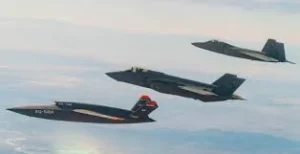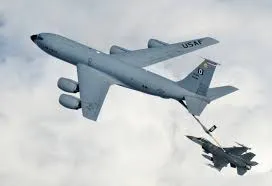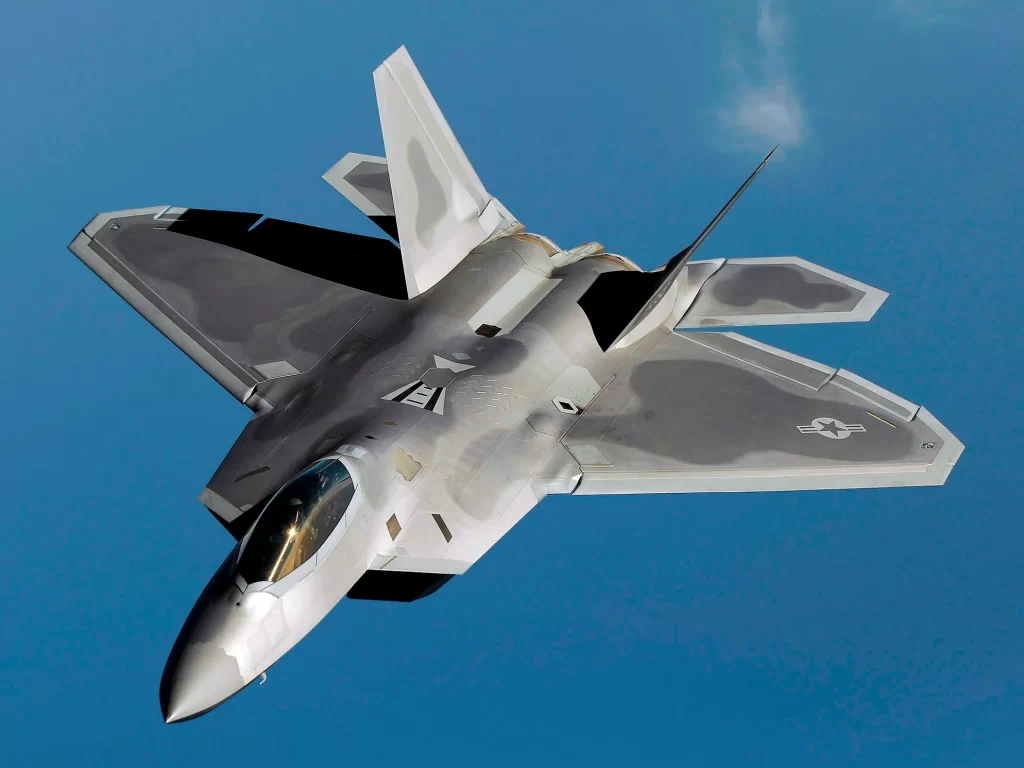The Future of Military Aircraft Technology
In recent years, military aviation has undergone rapid advancements, and the U.S. Air Force is leading the way with cutting-edge aircraft technologies. From stealth capabilities to AI-driven systems, today’s military aircraft are more advanced than ever. This blog explores how innovations are shaping the future of military aviation and why they are essential for pilots flying in high-stakes situations.
Stealth Technology: The Game Changer
One of the most groundbreaking advancements in military aircraft is stealth technology. Planes like the F-22 Raptor and the B-2 Spirit are virtually invisible to radar, giving U.S. forces a strategic advantage. This technology not only protects pilots by reducing detection but also allows for more effective operations behind enemy lines.

Hypersonic Speeds: Pushing the Limits
Modern military aircraft are reaching hypersonic speeds, exceeding five times the speed of sound. This incredible speed enhances quick-strike capabilities and response times. Aircraft like the hypersonic X-51 Wave rider are being developed to ensure that the U.S. military remains faster and more agile than its adversaries.
Artificial Intelligence and Autonomous Systems
AI is changing the face of aviation with pilot-assist technologies that enhance decision-making during combat missions. For example, AI systems can analyze vast amounts of data in real-time, offering insights that allow pilots to make more informed choices. Additionally, autonomous drones are becoming essential companions in combat, capable of flying alongside manned aircraft to gather intelligence and provide extra firepower.

Enhanced Cockpit Displays and Augmented Reality (AR)
The integration of augmented reality (AR) into military cockpits is improving situational awareness for pilots. Advanced helmet displays now provide real-time data on altitude, speed, radar information, and targeting. Pilots can see through the body of the aircraft using AR, giving them a 360-degree view of their surroundings, which is invaluable in combat scenarios.
Fuel Efficiency and Sustainability in Military Aviation
Military aircraft are also becoming more fuel-efficient, reducing the environmental impact and increasing operational range. Technologies such as improved aerodynamics and lightweight materials are allowing aircraft to fly longer distances without refueling, giving pilots more flexibility during missions.

Next-Gen Weaponry: Laser and Directed-Energy Weapons
Laser weapons, previously confined to science fiction, are becoming a reality in U.S. military aircraft. Directed-energy weapons can destroy enemy targets with pinpoint accuracy, minimizing collateral damage. These weapons are ideal for defending against incoming missile threats, giving pilots a powerful new tool in their arsenal.
Pilot Training Innovations: VR and Simulation
The development of virtual reality (VR) and advanced simulators is revolutionizing pilot training. Pilots can now train in lifelike virtual environments that mimic real-world combat situations. These simulators provide a safe space for pilots to practice maneuvers, learn how to handle high-stress scenarios, and improve their skills without risking their lives.

Cybersecurity: A New Battlefield
As military aircraft become more reliant on digital systems, cybersecurity is becoming a top priority. Modern aircraft are equipped with sophisticated avionics systems that are vulnerable to cyberattacks. Ensuring the security of these systems is critical to maintaining dominance in the air.
Future Outlook: The Role of Innovation in Air Dominance
The ongoing advancements in military aircraft technology signify the U.S. military’s commitment to maintaining air superiority. These innovations ensure that U.S. pilots are flying the most advanced aircraft in the world, equipped with the best technology to complete missions safely and effectively.
A New Era of Aviation for U.S. Pilots
The integration of advanced aircraft technologies, from stealth capabilities to AI-driven systems, is ushering in a new era of military aviation. These innovations not only enhance the U.S. military’s air combat capabilities but also prioritize the safety and efficiency of the pilots. As technology continues to evolve, the future of military aviation looks brighter than ever for the United States.


